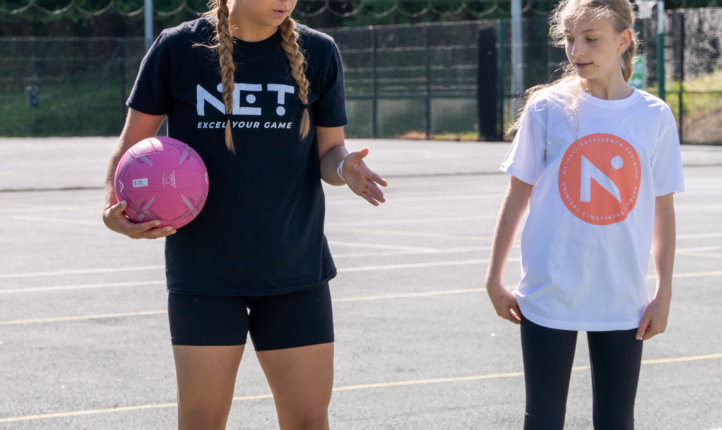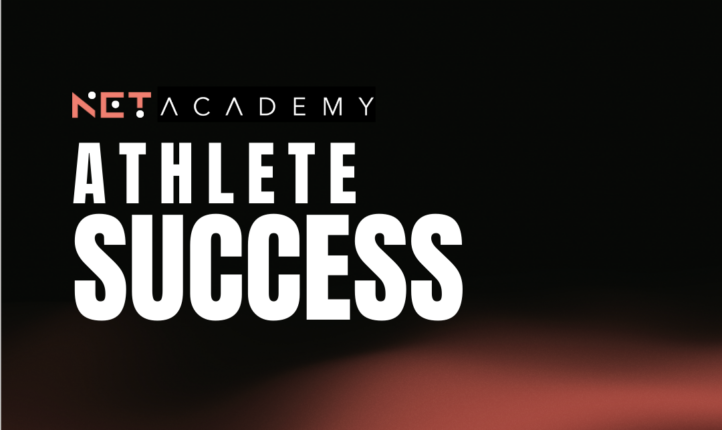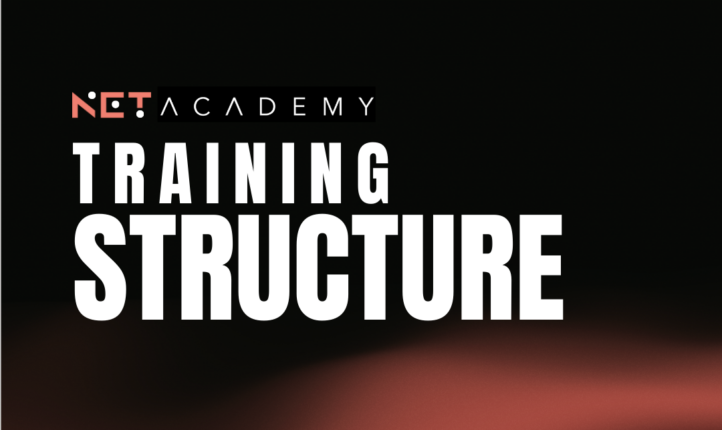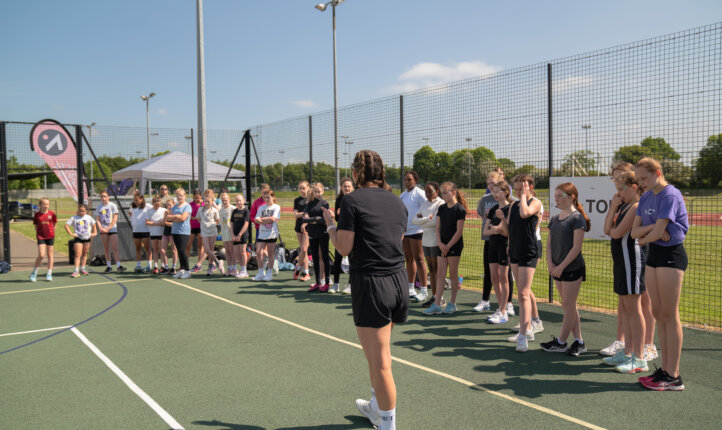January 1, 2022
How to programme and build your own session in the gym
With the launch of the NETGym membership this month, I wanted to give you an insight into exercise programming and why it’s so important to follow a sport specific programme if you are looking to improve your performance.
The market is so saturated now with free workout guides, follow along sessions and ‘you should be doing this to get abs’ Instagram posts. Whilst I am not discrediting the usefulness of these programmes, I would argue that they aren’t going to do much to improve your game.
Following Joe Blogg’s 4 Week Strength Programme will help you to build strength, however it won’t meet the specific strength, agility and plyometric demands of the sport, meaning that it won’t help you to avoid injury or improve your performance for your game.
This is why I created NETGym. I wanted to provide a training platform for athletes to improve their performance whether they were new to the gym or a regular in the weights room. The membership gives you access to sport specific programming to guide you through your training, provide support and help you to train more specifically for your goals.
As well as having the option to follow prescribed programmes, you can use the membership to create and develop your own sessions which might better suit your needs, time available or mood. For those of you that like the freedom to create their own workouts, here is a suggested skeleton to follow to make sure that you get the best results from each session.
- Always start with a good warm up. There is a recommended warm up in the Learning Zone of the dashboard or if you’re making your own, make sure to target each of the main muscles groups you will be using, keep moving through the stretches and avoid static holds and to activate your core.
- Always include plyometric training first. If you are looking to include it in your session, always do it first so that you can exert maximum power and have good form without too much fatigue and make sure you give your body enough time to recover before going onto the strength part of your session.
- Strength training. This should always be the bulk of your session. Start with the heavy lifts with low reps, heavy weights and high rest and then move onto accessory exercises that have higher rep ranges.
- Core training. Technically your strength training should be engaging your core, but if you are looking to include an extra bit of training for your core then it should go at the end of a workout. Make sure to listen to your body throughout though and prioritise form over speed.
- Conditioning! Now this is a tricky one, depending on the results you want you can include conditioning at any point of your workout. If you include it at a the end of your workout, you are forcing your body to work under fatigue so may get better anaerobic results. If you include it at the start of the workout, you will be fresh for the cardio but your body will be fatigued for the rest of the sessions meaning that you will be forcing your body to work harder to adapt to build strength. Or you can have a completely separate conditioning day, where your sole focus is to increase your heart rate and work anaerobically – this is my favourite way to to do it. If you want to make it a longer session I would recommend pairing it with a core workout and an extended period of stretching and mobility work at the end.












